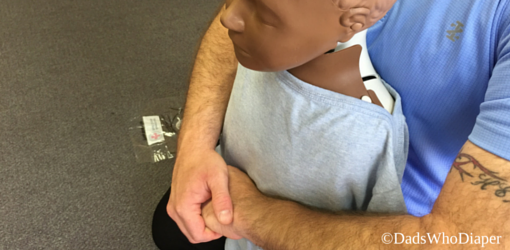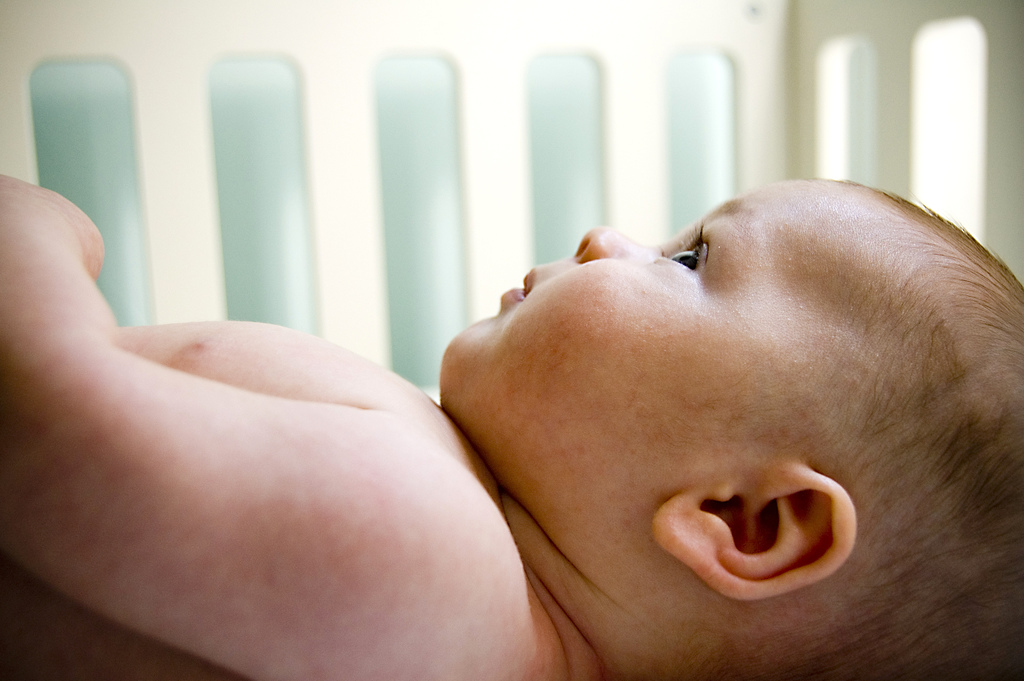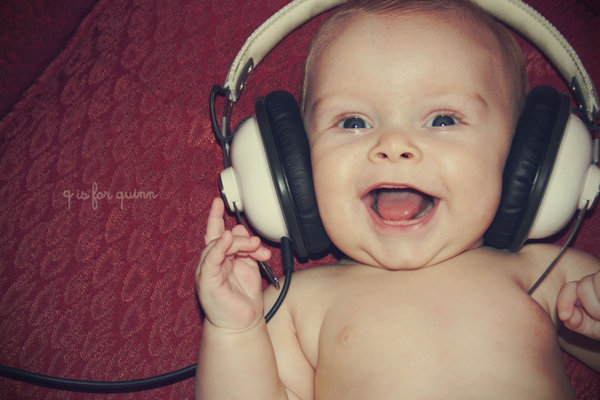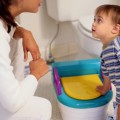
Me as a lifeguard during my teenage years. Now with my own child, re-training myself on those life saving skills has once again become incredibly important. Photo credit: Kevin Costello
Growing up I spent my summers working as a lifeguard and swim instructor at our local lake. I started as one of the maintenance kids, but as soon as I was able to take my water safety tests I did, and never looked back. I consider it one of the best jobs in the world. Soaking in the sun, making good money as a teenager, and most importantly, having the skills to save a life.
I worked there for 10 years, becoming head lifeguard along way. I finally hung up my whistle and white zinc after graduating college after figuring I should actually enter the real world.
Related: 5 Things New Parents are Tired of Hearing
Somewhere between leaving that job and my career in broadcast journalism, I let my credentials expire and never really bothered to get them renewed. I was fairly confident, that if necessary, I could jump into action with all the years of training and practice I had under my belt. Then, I blinked my eyes and 15 years passed. I never really gave it much thought until one very important thing happened.
I became a father.
Having a child makes you think about a lot of “what ifs?” What if this happened? What if that happened? What would I do?
So I went to the American Red Cross to chat with them on the importance of having the basics in your back pocket. Because you never know…what if?
 As Troy Jenkins, American Red Cross Training Specialist and a father told me, “We help our kids with homework, sports, music, and other activities. Why wouldn’t we make sure we took the time to learn CPR so we could help them in an emergency?”
As Troy Jenkins, American Red Cross Training Specialist and a father told me, “We help our kids with homework, sports, music, and other activities. Why wouldn’t we make sure we took the time to learn CPR so we could help them in an emergency?”
Infant and child CPR are basic parenting skills that we should have ready to go at a moments notice. Because unfortunately you don’t get a heads up when you’ll need it. And when you need to jump into action you don’t want to waste a moment.
“That stall, the ‘what do I do moment’ can delay action,” Jenkins said. “Practicing will help you jump right into knowing what to do and prevent panic.”
Related: “Why I Almost Didn’t Take Paternity Leave”
Troy walked me through some basic steps you can use in case of emergency. They’ll never replace actual training but is a great place to start and get inspired to get trained (if you haven’t already.)
Infant
What to Look For:
Infants or toddlers won’t give you universal hands around the throat I’m chocking signal. Instead their eyes are going to be bugging out of their head because they’re panicked.
Look for discoloration in the face. mouth is usually open, you’ll get a blueish/greyish tint in the face. That means they’re in hypoxia - a lack of oxygen inside the body.
What to Do:
Call 911 immediately
If infant has obstructed airway:
•Support infant face down on your arm in a downward butt above head fashion
•Administer 5 back blows, 5 chest thrusts.
•Repeat until object is freed or infant passes out
 Jenkins advises, “When you’re giving back blows you want to be pretty forceful. When you flip them over, you’ll want to use two fingers right in the center of the chest between the nipple line and compress the chest about an inch to an inch and a half.”
Jenkins advises, “When you’re giving back blows you want to be pretty forceful. When you flip them over, you’ll want to use two fingers right in the center of the chest between the nipple line and compress the chest about an inch to an inch and a half.”
If Infant Passes Out:
•Place two fingers on center of chest compress inch and a half to two inches
•Do 30 chest compressions
 •Look into mouth to see if you find an object. If you don’t see anything, don’t dig.
•Look into mouth to see if you find an object. If you don’t see anything, don’t dig.
 •Then give two breaths - placing your mouth over both their mouth and nose - to try and get air into the lungs, then go back to your 30 compressions.
•Then give two breaths - placing your mouth over both their mouth and nose - to try and get air into the lungs, then go back to your 30 compressions.
 •Repeat cycle (30 compressions - 2 breaths) until object’s removed or first responders arrive.
•Repeat cycle (30 compressions - 2 breaths) until object’s removed or first responders arrive.
Child CPR
What to Look For:
Some of the telltale signs would include eyes bugging out of their head, color in their face starting to disappear, no sounds coming from their mouth
What to Do:
Call 911 immediately
If child has obstructed airway:
•5 back blows
•5 abdominal thrusts
 •Repeat until object comes out or they pass out
•Repeat until object comes out or they pass out
•If they pass out, begin CPR
If child goes unconscious:
•Put child on ground and open up airway check for breathing
 •If not breathing, deliver two breaths and then go immediately into 30 compressions
•If not breathing, deliver two breaths and then go immediately into 30 compressions
 •Repeat until they wake up or first responders arrive
•Repeat until they wake up or first responders arrive
•30 compressions - 2 breaths
Getting to spend some time talking with Troy helped me reconnect with the importance of being fully prepared as a parent. I always try to plan ahead when we walk out the door when it comes to the diaper bag, but these skills travel with us everywhere. If the worst were to happen, could we take action ourselves or would you have to wait for help to arrive?
“We want our families with us. It’s about keeping your family together, if we don’t have the training then we leave ourselves susceptible to letting something bad happen,” Jenkins said. Getting fully trained and certified in infant/child CPR only takes between three and four hours. Also, many workplaces are offering CPR training for employees. By taking those classes and learning the skills at work you get the benefit of them at home and with your kids.
This content is for informational purposes only. It should not be considered formal training or certification by the America Red Cross or any other agency.
Like what you’ve read? CLICK HERE to subscribe and get it delivered to you!







great article chad!! Especially the part about the lake grove park!!
This is a great article! Thanks for all the tips, we are looking to take a class before our baby is born. I think its really important to know basic first aid and CPR, you never know when you might need it.
Thanks so much Franny! We’re so glad you found it helpful! I hope you were able to find a great class to take!
Pingback: Why Locking Your Kids Outside Isn't So Bad | Dads Who Diaper
Pingback: How To Perform CPR On A Baby | Dads Who Diaper